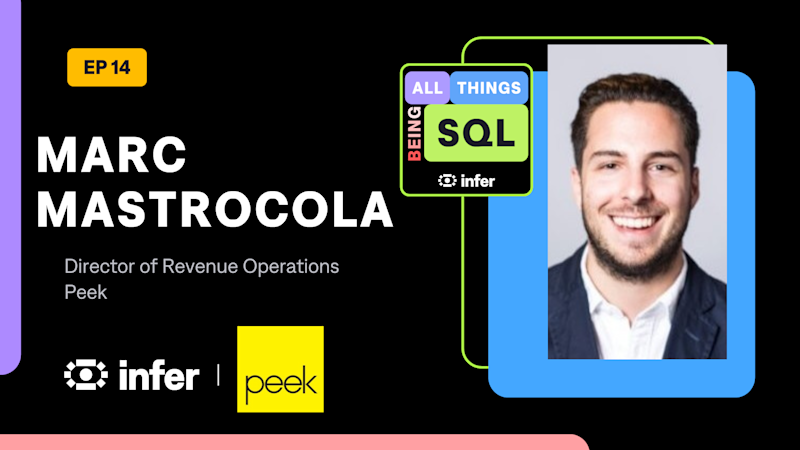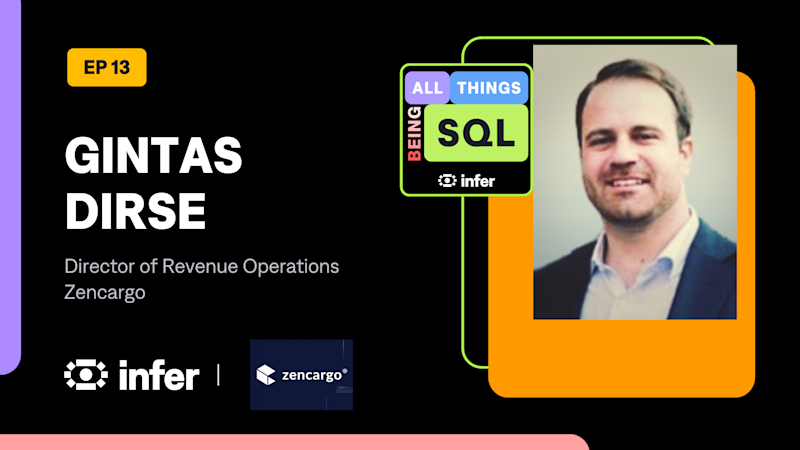James’ journey into SaaS
As with many people, James fell into SaaS (as who knows what SaaS really is until you work in it??). His first role was at Attest where his remit was to basically make stuff work for SDR teams. I’m sure there’s a few RevOps pro’s who’ve had similar roles! Jobs involved finding the correct email, phone number and contacts at ICP accounts. But before long this spiralled into looking at time efficiency gains to be had across the SDR org leading to analysis into opportunities and then a Salesforce migration.
James points out that there’s no handbook for doing these things but you start to see that your solutions match those of others which becomes a good validation point.
Definition of RevOps
At James’ current company, RevOps is defined as the single operational function across all commercial teams. Having this unified function is essential as it allows you to balance the incentives from departments. He expands on this, discussing the importance of neutrality for a RevOps team, ensuring that you’re not held captive to individual departments.
Scrappy processes can get you there
Preventing a time waste can be a huge advantage in RevOps. You don't want to build a full service item that doesn't do exactly what you need it to do. Instead, quick fixes that get you most of the way there can be more appropriate in such a fast paced, high demand role.
When should companies bring a RevOps function in
James thinks that post Series A is the ideal time to bring in your first RevOps hire. By this point, you’ve likely proven some kind of PMF, and RevOps can start to hypothesise and test against the data and shape the GTM. If it is done later than this, you’ll have a huge amount of data to get through and organisational habits can be so ingrained that making change becomes very difficult.
Data and RevOps
A huge challenge in RevOps is getting a standard of data that is useful across the business. Often, you can take a report to a manager, who will ultimately doubt the integrity of the data due to CRM use etc. To avoid this, it’s essential to have strong definitions in your CRM and drive the accuracy of your data. A metric James likes to use is measuring the number of meaningful edits to an opportunity. Using this KPI means you must follow up with sales to show the impact of their work and how it helps the business.
Another key metric for James when measuring sales fit and performance is deal velocity, which he goes into more detail on the show.
AI Opportunities in RevOps
Right now, James probably wouldn't trust AI to send an email on behalf of a rep. Because of this, there’s a trust chasm with AI and therefore prevents full automation. But the next useful step for AI in RevOps is turning unstructured data into structured data, more on that in the show…
Controversial Opinion
Tune in SalesOps pros…


